Xiaomi’s latest flagship enters the premium smartphone arena with aggressive specs and pricing that directly challenges Apple’s dominance. We’ve analyzed performance benchmarks, durability tests, and real-world capabilities to understand where this device stands in the competitive flagship landscape.
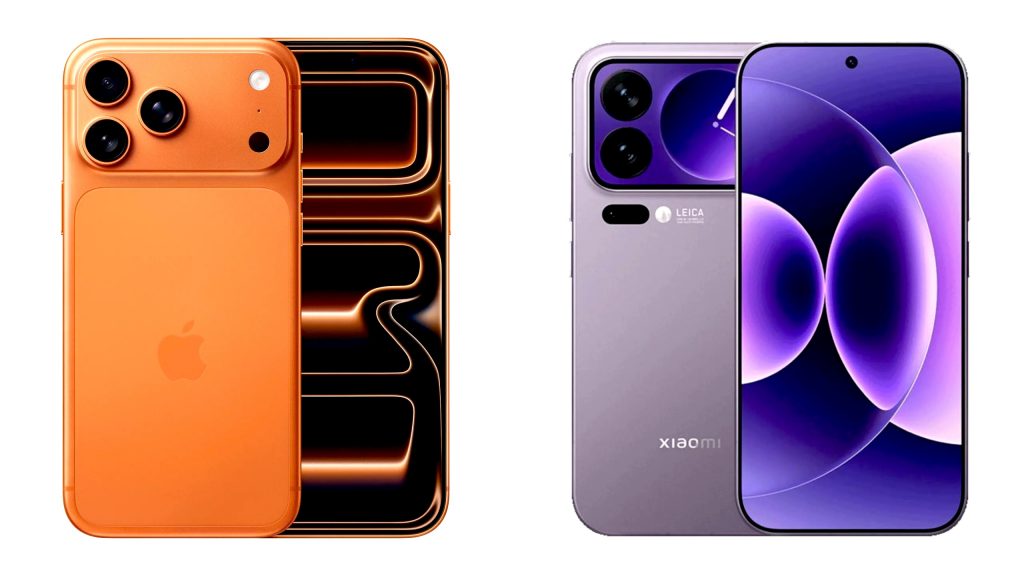
Performance: Closing the Gap with Apple’s Silicon
The heart of Xiaomi 17 Pro Max runs on Qualcomm’s Snapdragon 8 Elite Gen 5, delivering approximately 220 tokens per second for on-device AI inference. This represents a 37% improvement in NPU performance over previous generations, translating to faster real-world AI operations like image processing and language translation.
Tech reviewer Marques Brownlee’s analysis revealed that the Snapdragon 8 Elite Gen 5 now matches Apple’s A19 Pro in single-core performance while pulling ahead in multi-core and graphics benchmarks. The device ships with HyperOS 3 based on Android 16, featuring system-wide AI integration including real-time translation and transcription capabilities.
For users who rely heavily on AI features, this performance advantage matters in practical scenarios: faster photo editing, smoother AI assistant responses, and reduced latency in computational photography.
Durability Testing: Dragon Crystal Glass 3.0 Under Scrutiny
Independent durability assessment by JerryRigEverything provided revealing insights into the device’s build quality. The front display’s Dragon Crystal Glass 3.0 protection demonstrated impressive scratch resistance, withstanding damage up to level 7 on the Mohs hardness scale. This performance nearly matches Apple’s Ceramic Shield 2 technology and exceeds most flagship smartphones that typically show scratches at level 6.
However, testing exposed material compromises. The rear panel uses plastic construction rather than glass or ceramic, which Zack Nelson from JerryRigEverything noted as surprising for a flagship at this price point. The aluminum frame showed solid structural integrity, passing bend tests without visible damage or warping.
What This Means for Users: The front display offers excellent protection for daily use, but the plastic back may be a consideration for those prioritizing premium materials throughout.
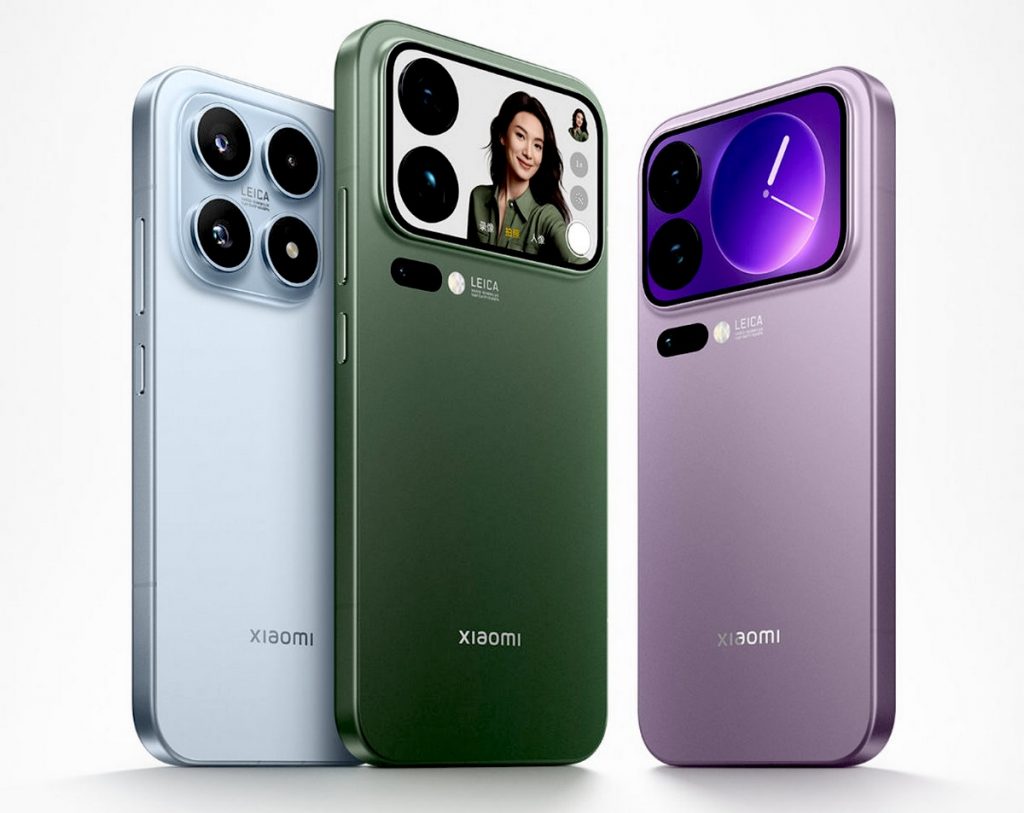
Camera System: Leica Partnership Delivers Competitive Results
The Leica collaboration produced a triple 50MP camera array headlined by the LightHunter 950L main sensor. This sensor achieves 16.5 stops of dynamic range, surpassing many professional cameras including the Hasselblad X2D’s 15 stops. The system includes a 50MP ultra-wide lens and a 50MP periscope telephoto with 5x optical zoom capabilities.
Sample photography demonstrates superior HDR performance compared to the iPhone 17 Pro Max, though Apple maintains advantages in low-light photography and video recording. The rear 2.9-inch OLED display with 3,500 nits peak brightness functions as an advanced viewfinder for the camera system.
Camera Performance Summary:
- Dynamic range: Exceptional (16.5 stops)
- HDR processing: Strong advantage over iPhone
- Night photography: iPhone maintains edge
- Video capabilities: iPhone leads
Value Proposition and Market Position
Despite launching in China at approximately $850-$1,000, global availability remains uncertain, with reports suggesting a potential international release in early 2026. This pricing positions the device significantly below the iPhone 17 Pro Max’s $1,499 starting price while offering comparable flagship features and superior battery capacity at 7,500mAh.
Key Specifications:
- Processor: Snapdragon 8 Elite Gen 5
- AI Performance: 220 tokens/second
- Display Protection: Dragon Crystal Glass 3.0
- Camera System: Triple 50MP with Leica optics
- Battery: 7,500mAh
- OS: HyperOS 3 (Android 16)
Who Should Consider This Device: Users seeking flagship AI performance and camera capabilities at a more accessible price point, particularly those already invested in the Android ecosystem. The device excels in computational photography and AI-driven tasks while offering exceptional battery life.
Considerations: Limited global availability, plastic rear construction, and questions about long-term software support compared to Apple’s ecosystem may influence purchasing decisions.
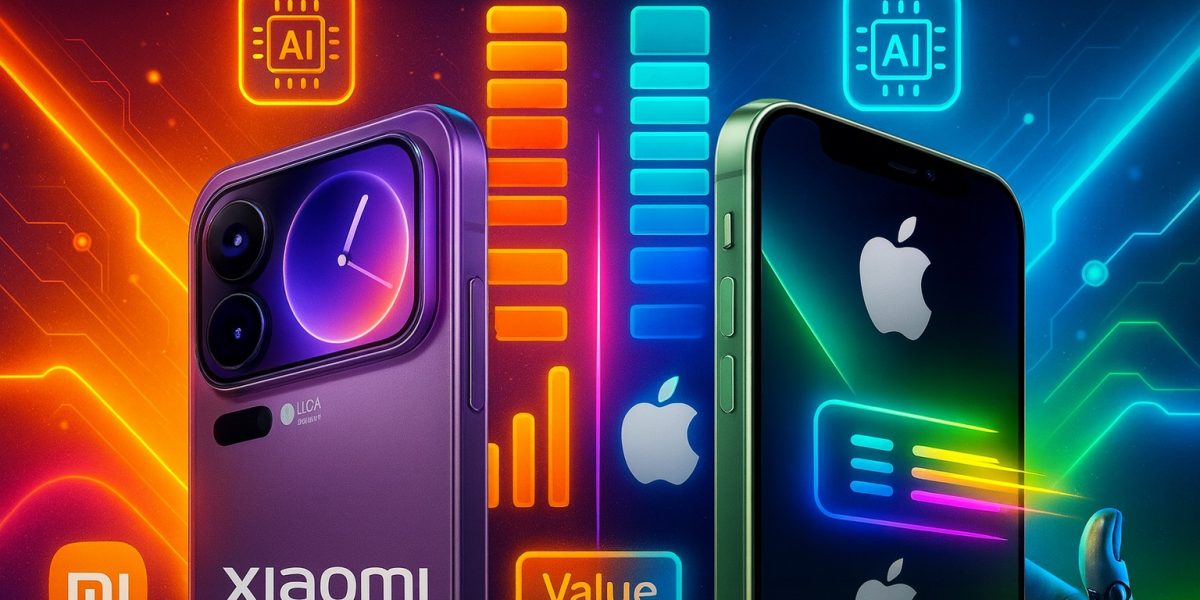
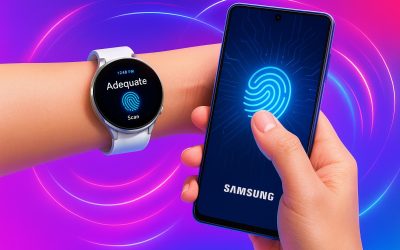
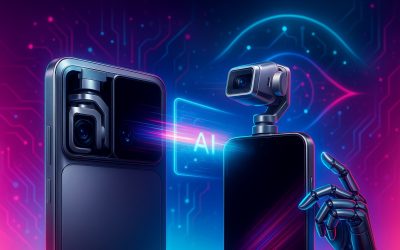

Post a comment